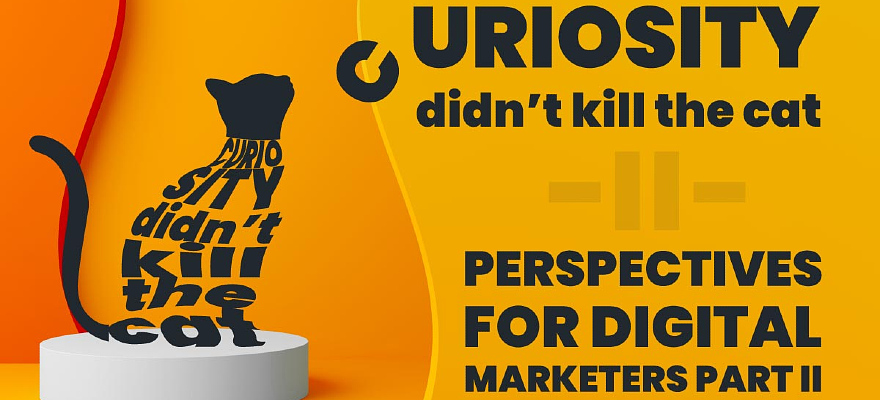In part ONE, we’ve gone over biases, placebos, human interaction, behavioural economics, persuasive marketing, complementarity, and began the topic of nudging!
In our second part, let’s jump to slicing digital marketing channels, explore nudging in-depth, and make a case for why behavioral economics should be taken into account in each one of them. The first channel is PPC, followed by email marketing, and then social media.
Pay-Per-Click (PPC)
Psychology and PPC go together like wining and dining. Whether you want your prospects to leave their data through a form, call you via ads, or directly go to the store and buy whatever you have on your shelves, these actions cannot be controlled unless you use psychological principles.
Digital marketing PPC, and several other channels, have the potential to replace traditional marketing communication successfully. Let me be clear, when talking about the replacement possibility, I’m referring to the basics of communication: the good ol’ Shannon-Weaver communication diagram.
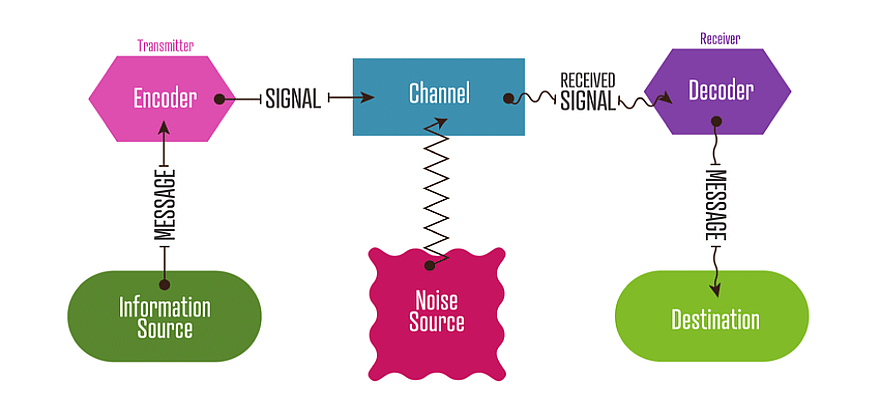
A signal leaves the sender, goes through the channel, gets distorted (this effect is called Noise, and it happens almost every time & for various reasons), then the signal reaches the recipient and returns through the same route to the sender. Everything seems pretty easy to achieve when looking at this process in its simplified form. However, when we start detailing Noise sources, all Hell breaks loose. Well, not actual Hell, but all things that make your mind go there.
For example: a good PPC campaign sends a message, through an ad, and the response, no matter if it ends up in a bounce or buy state, immediately sends a message to the marketer. Then, based on the reports that the marketer collects from several campaigns, this data tells the business what works and what doesn’t, what’s of interest and what’s obsolete, leading it closer to the point where it can discover a better route to improve conversions.
When considering PPC, one needs to be aware of a target’s behavior and psychology, as it can make the difference between a total waste of money and success. The most well-known action model in PPC is known as the Fogg Model, and it encloses 3 main elements that need to be met before triggering “the buy now” action.
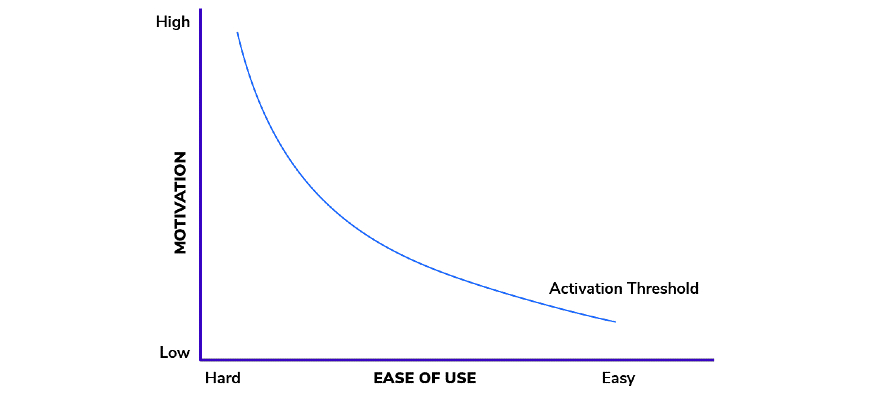
To make it a bit harder, I must stress that these elements must be delivered simultaneously. The action you aim for happens whenever the recipient is motivated to act (1), is in charge of making that decision (2), and incites action (this is primarily known as the trigger that usually appears in CTAs) (3). If one of these conditions gets fails, the entire process fails.
Before we move on, we’d like to mention some critical information about the first step – motivation. We recommend you start looking for 2 KPIs (key performance indicators): CTR – clickthrough rate & CVR – conversion rate. In addition, before launching a PPC campaign, we recommend a quick self-quiz. Place yourself in the audience’s shoes and ask yourself “why should I click on this ad?”. Is the motivation level high enough to click? Moreover, do I have enough reasons to convert on the landing page?
Furthering our discussion on motivation, there are several ways to increase conversion:
- Increasing the offer’s value – the offer must stand out from the myriad ads that bombard the recipient daily.
- Next up, the offer must be relevant to the recipient, not only by keyword search but according to their search intention as well.
- Lastly, the intention to act can be manipulated very effectively by using several motivators, among which there are two major ones: scarcity and social proof.
Below you will find an example of social proof and another of targeted nudging.

->> Oxford already has an excellent reputation, so their offer could dismiss the economic anchors such as discounts and time-limited prices. Instead, they continue to position themselves as innovators (see “authentic”) and style initiators. They don’t even appeal to the scarcity model, e.g. “End of season sale”, “Limited seats”, or “Get up to 30% discount. Limited offer.”

->> In this case, again, no financial offers are being made. However, this ad uses a particular nudge. The company probably identified both a need and a problem within its leads pool – specifically, the lack of time and the need to improve their work. Therefore, the ad focuses on pushing those benefits to its audience.
Alright, that was a lot of quick-fire information! Let’s review!
So far, we’ve outlined motivation, social proof, and scarcity. It’s time for the fourth efficient technique of doing PPC – Framing. Simply put, this technique uses the context to focus the target’s attention on a specific product/service/advantage in their offer. To make it clearer, let’s take a generic pharma product.
You can google for products in this area, or you can recall your memory and look for how many times companies have advertised a product by switching the focus on a specific feature and changing, through AB testing, from one end to the other.
For example: one can say a product is ‘90% natural’ or ‘(only) contains 10% synthetics”. Both statements are true; the catch is that the word “natural” brings in a positive connotation, while “synthetics” equals artificial, ergo not good.
You can see it in groceries, too: “80% fat-free” rather than “20% fat”. The word “free” is a particular trigger that implies an opportunity; however, fat-free indicates a healthier outlook on the amount of fat that specific product contains. This is the framing technique.
Let’s look at two more examples to showcase both the power of using the word “free” and that of framing. Starting with “free”, say you’re in an electronics store and see this offer for a TV: <<50% off>>.

Your brain immediately starts assessing the opportunity, and consequently, the main question emerges: ‘Do I really need a new TV, even at half of its price?’. However, if you word your message like this: <<Buy 1 TV, get 1 free>>, I bet you’ll start thinking about where you should place your free TV. Both offers present the customer with an exciting opportunity, but the word ‘free’ manifests a unique, often overpowering effect in almost all consumers.
Moving on to framing, another interesting example is the fact that 10 years ago, supermarkets were organized only by specific rows and passageways between them so that customers create and expect a particular layout. Even now, when discussing supermarkets, your brain renders the same image: product rows and passageways. When the layout of a shop does not correspond to our internalized framing, we get annoyed. This shows how the framing technique for supermarkets has been proven successful tenfold over.
However, smart supermarket chains have studied human behavior and have found that while changing layouts may prove annoying, changing product placement may not. Nowadays, they’re introducing a disruption effect within this pattern by establishing aisles with specific products or placing products by popular interest. That’s quite a segmentation, right? You have 100% bio products separated from all the others, and you see fresh or naturally-processed meat within an aisle separated by the standard/bulk meat. What these companies did was understand that the human mind works best with patterns, and when it comes to products, everything that deviates from them has the potential to draw attention by visually separating them.
Email marketing
Moving on, let’s see how we can engage our customers and analyze data in ways that will lead us to the right results.
CTR (clickthrough rate), OR (open rate), CVR (conversion rate), CTOR (click-to-open rate), Bounce rate, Unsubscribe rate, and Delivery rate – dozens of KPIs allegedly can make your life easier and increase your email marketing performance if you keep an eye on them. The truth is they don’t, or at least, they don’t if they’re used without analyzing your collected data and testing hypotheses.
All the KPIs in email marketing are like standard economics: they function on the assumption that consumers base their decisions solely on product characteristics & price. That is a nice perspective, but it’s wishful thinking. While my inbox gets crowded daily, I noticed that my skimming method is entirely defective. I’ve missed many emails that would’ve been of great help simply because whoever prepared them did not deliver the essential information from the subject line.
Like any other digital marketing branch, email is deeply rooted in behavioral functions. By functions, I’m referring to the relation between incentives and penalties (the fulfillment of needs and wants). As already stated, audience behavior is based on patterns that are “reinforced” and “penalized” simultaneously.
I remember an experiment from several years ago on an email campaign ran for the Mayor of London office. The campaign goals were simple, and the medium was only one (email), but the developers wanted more than sending just some emails and getting paid for this activity. While the major test focused on link placements and content structure, they launched several smaller A/B tests based mainly on wordplay and delivered via emails. They used a limited number of subject lines, including slight variations, and the same rule was applied to the content within the email.
At the end of the study, they found out that:
- The slight variation in subject lines brought no significant behavior changes (but this wasn’t part of their goal)
- Segmenting their audience and testing different nudges will increase the responses. They’ve altered the core of the message and included nudges based on specific kinds of operational motivators (informal, social, reciprocity).
The absolute gain of the campaign was that the response rates were increased by nudges brought in through changes in wording. As astonishing as it may sound, simple language can get your email campaigns up to a 20% increase in CTRs. If the above study had included design A/B testing and content structure section testing, chances are that results would’ve skyrocketed up to a 50% raise in essential KPIs.
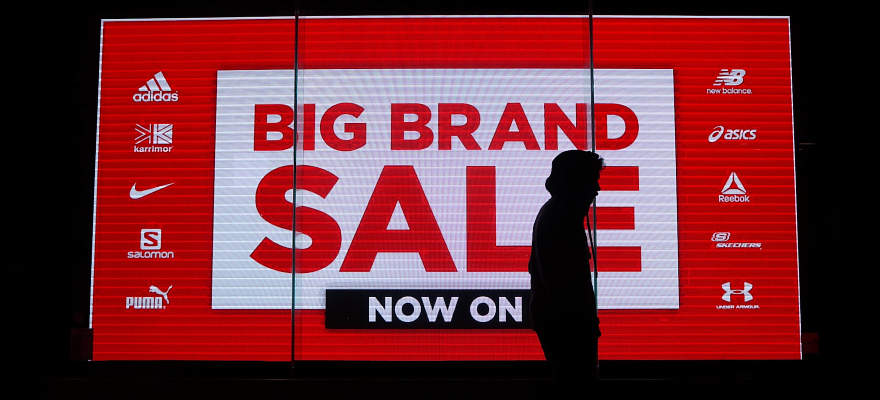
However, not everyone has data or time to run A/B or multivariate tests. In these cases, there are several accessible behavior-based nudging opportunities available out there for anyone with a mission:
I. Abandoned cart emails – here’s an alternative to standard aggressive, repetitive campaigns where products are continuously pushed: you can temper your message by telling the prospect that you’ve seen their interest and want to invite them to come back and see if, in the future, they’re still interested. The approach is not aggressive, and the lack of pressure for closing or canceling an order leaves them space for a more positive feeling regarding their experience with your website. It’s the first step in changing their indecision into a conversion.
II. Play the scarcity card – there are 2 fundamental feelings when talking about humans in relation to a possession: winning or losing it. On the one hand, winning is a nice feeling, but everyone knows that nobody can win all the time. Losing, on the other hand, is the hammering feeling that makes us react. Telling your audience your new product/offer is time-exclusive, and they may lose it if they don’t make up their minds can trigger the foreseeable loss aversion, leading them to get closer to conversion. This is colloquially known as FOMO – fear of missing out.
III. We’re deeply rooted social beings, and I believe I’m not way off when I say that 50% of our decisions are socially-triggered. We like to share and get others’ opinions on many aspects that matter to us. That’s how things are. Therefore, leaving space in your email templates for your consumers’ opinions is bound to convince your audience to go a step further down your conversion funnel.
IV. Finally, I’ve mentioned this many times prior: “(sometimes) less is more“. Here’s a straightforward experiment: track the number of all the decisions you make every day, every single moment. I guarantee you’ll reach an incredible number. When it comes to decisions, providing your prospects with the chance to make fewer picks or choose from a “best of” list can ease the decision-making process. If you’re not convinced, just run a test on Hobson+1 theory, and you’ll see how adding even one option next to the already existing 2 will lead to an increase in cart abandonment and shorter visit intervals on your website.
Before we move onto social media, there’s one more thing worth mentioning: we’ve been conditioned (for thousands of years) to believe that since we’re at the top of the food chain, our decisions are also top-notch.
As soon as you, as a marketer or business owner, recognize that you’ve made some awful ones along the way for random reasons, you’ll start understanding that a big chunk of your consumers’ decisions is similar.
Social Media
Once you’ve accepted that people are prone to systematically commit errors in anticipating future events’ pleasure (or displeasure), you’re ready to start playing your game on social media. Compared to PPC or email, there is way less research done in this field. So, you can take it either as an opportunity to lay some bricks in the foundation or as a drag since you’ll need to put in a lot of effort with no guarantees.
However, things aren’t as bad as they may sound. There’re lots of theories regarding the motivations of social media usage, and you can start from there. Some ideas posit that people enjoy social media features that fit their characteristics and feel gratified by using them.
The literature in this field has come up with several user typologies, namely those based on the following:
- relationship maintenance – used to get their offline social network in the online space;
- entertainment – used to engaging in passive social activities;
- companionship – used mainly to avoid loneliness and fill some interpersonal interaction needs;
- gratifications – used to publish photos and status updates to escape from worries and problems.
Regardless of typologies, one phenomenon strikes across all categories: sharing. Specifically, the sharing of information, products, or services from a recipient to their media connections can be B2B, B2C, or C2B.
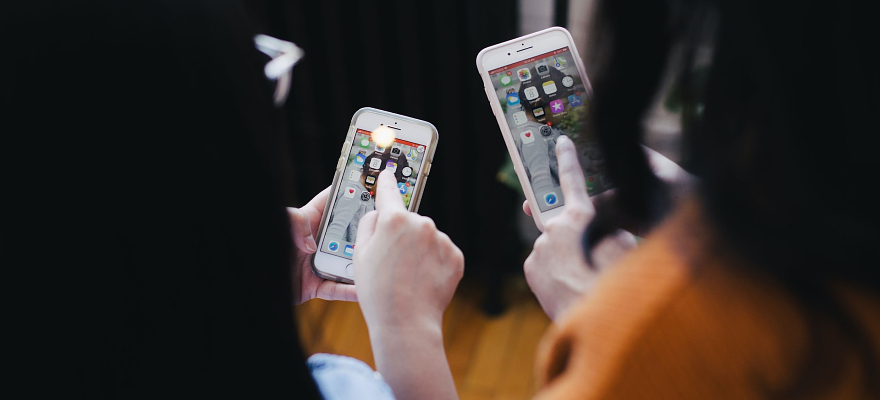
The goal, of course, is to spread information in a social fashion, which benefits businesses tremendously as they generate increased impressions and potential new income streams. Social sharing is the engine of prospect acquisition.
However, despite its apparent importance to the business environment, reports show that social media users’ purchasing behaviors have only been influenced by social sharing to “some degree”.
This isn’t surprising, as the standard business practice on social sharing right now is oriented mainly towards a shallow integration of online platforms with social media, hoping that users voluntarily share information about businesses in their social networks.
For example, some businesses try to encourage this further by adding a Facebook Share button to their web pages. Users can share the platform’s content on their Facebook timelines or with their social connections via messages. Other businesses also ask users to share their experiences with their (online) friends.
Whether these tactics are efficient needs to be further tested and observed; however, there’s little evidence that businesses are trying more serious nudges in their social campaigns.
That being said, there was an experiment ran by Arizona State University in which they tried to find ways to nudge users for social sharing efficiently. Three exciting facts emerged after the experiment ended:
- nudging visitors to social sharing by a simple request is way worse than not asking at all
- monetary incentive is highly effective at nudging users to do social sharing
- using relational capital messages or cognitive capital messages are both significantly effective at nudging users towards social sharing when compared to the control group that experienced no messages or nudging
The most notable achievement by far is that since relational capital (market, power & cooperation relationships) or cognitive capital (shared understandings) nudging messages are cost-free, they could be excellent alternatives to the monetary incentive approach.
Two brief parting thoughts
A. Google realizes that a target audience is quite often not a target audience at all. It is experiencing a targeted moment, like increasing shopping price advertisements on Friday, urging you to get everything ready for your mother’s Sunday roast in time. While such price cuts may be a familiar road for supermarkets, by inserting a new emotional frame – in this case, the mother’s roast, they create the perfect example of conditional circumstances, which can generate a real sense of urgency in buyers.
B. Everything in this world is a transaction. The ideal transaction is often backed up by reputation, and having a (positive) reputation gives people much more confidence to engage in a transaction with you. It’s like buying a car from your local parish compared to buying a car from a bloke you’ve just met at the pub.
Whenever a business has something to lose (reputation-wise), that’s a serious trigger that makes them commercially engaged. We can observe this by looking at restaurants in tourist destinations vs. restaurants in non-tourist destinations.
On one end of the spectrum, while not the best play in the book, the former has several incentives to provide the cheapest meal possible for the highest payment amount, as their client base (tourists) won’t stick around.
On the other end, the latter has their very livelihood dependent on ensuring you get the best bang for your buck. By having a reputation to uphold, they’ll make sure to serve their customers 10 or 20 specials cooked to perfection.
What do these things mean for digital marketing? Well, with all the advancements, tools, and systems now available, we have an extraordinary potential for growth in all that is digital communication and interaction.
All you need is the curiosity to test every theory you have (to make sure it was not a fleeting targeted moment), every nudge you can think of (remember, everything is a transaction, even if it doesn’t cost money – it costs time, which is the same thing!), then aggregate all the information and analyze it happily because: Curiosity never killed the cat! 😊

